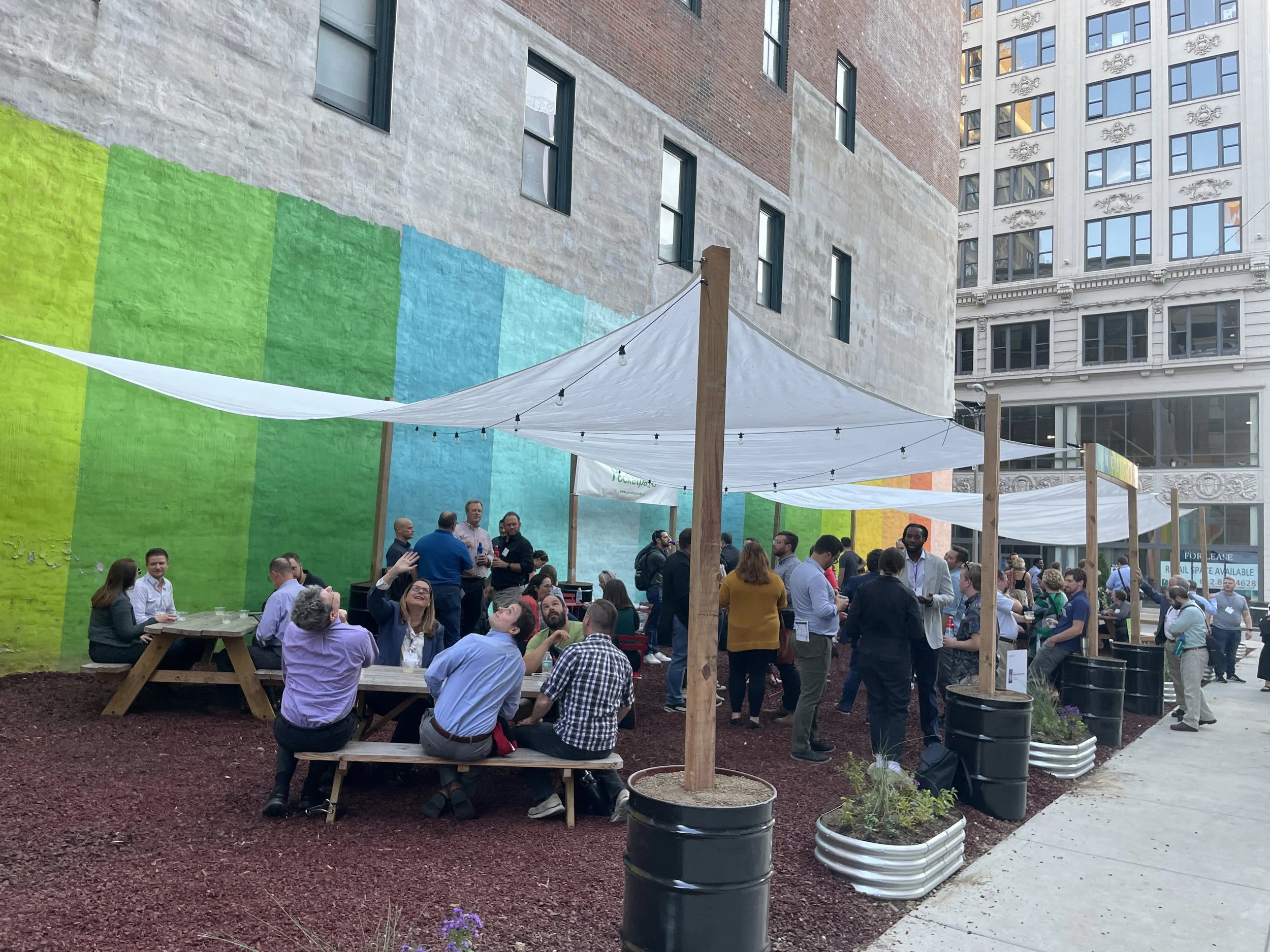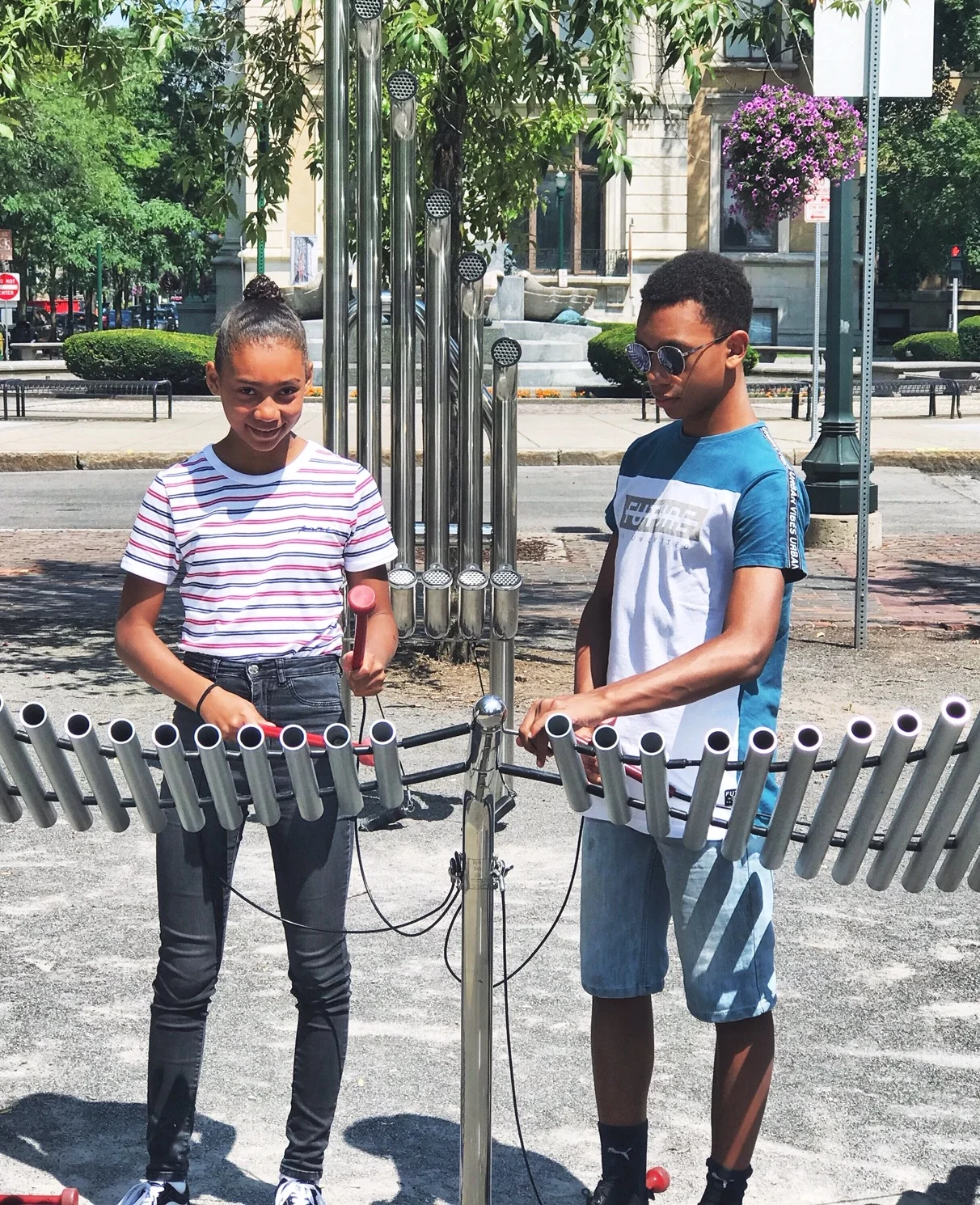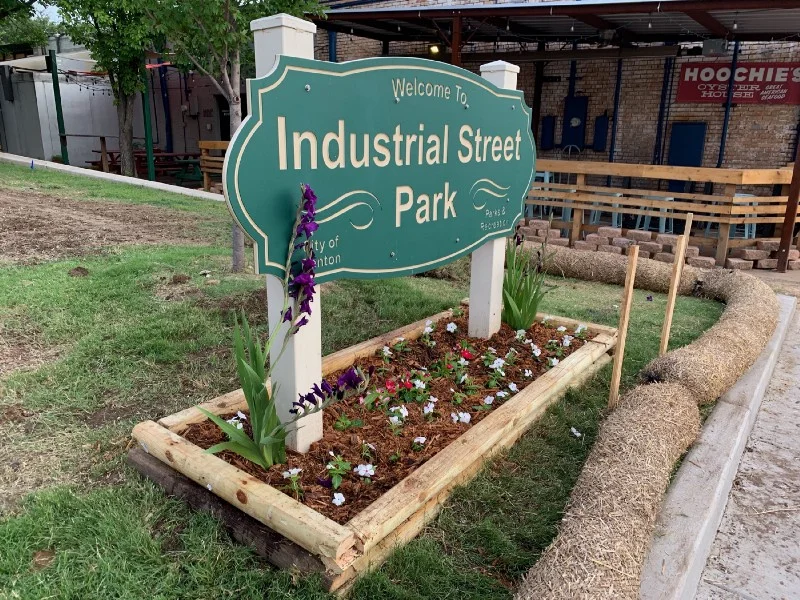After one meeting and a little over $3,000, Medicine Hat, AB, decided to take a bottom-up approach to invest in a community-led program that has made better use of their public parks and children’s playgrounds.
Read MoreNYCDOT is dangling the prospect of "park-like opportunities" in order to advance its latest highway expansion project, but New Yorkers aren't buying it.
Read MoreChange requires believing in our own ability to adapt.
Read MoreThis nonprofit is transforming pockets of St. Louis, MO, into delightful and welcoming parks—and at a low cost!
Read MoreDuring the pandemic, streets across the U.S. were reclaimed for human activity—but now, many cities are undoing those changes. Not so in DC's Rock Creek Park, where road closures have been made permanent.
Read MoreA drive through Shenandoah National Park, and a look back at its 1930s creation, offers a glimpse into the early era of American car culture, when motoring was a recreational activity with a lighter imprint on the landscape.
Read MoreWith some simple, low-tech tools, the street next to a neighborhood park can be transformed in a way that’s friendly to both city budgets and residents wanting to access the park.
Read MoreKansas City is known for its beautiful fountains, but Parks and Rec says the city doesn’t have the funds to maintain this source of civic pride.
Read MoreToday, city planning departments obsess over what happens inside buildings but pay scant attention to the quality of the space outside them.
Read MoreSome misguided attempts to enhance the local park in Brainerd, MN, has actually made it a worse place to be.
Read MoreRather than building new parks, it’s time we #DoTheMath on the ones we’ve already got.
Read MoreParks, libraries, and public spaces aren’t just “nice amenities.” They are vital to our recovery, rebuilding, and longterm prosperity.
Read MoreTowns and cities are converting parking spaces into “parklets” as a temporary social distancing resource. But the benefits of parklets will outlast the pandemic.
Read MoreOur immediate reactions to a place are often deeply rooted in human psychology—including the biological preference for “edges.” Here’s a city that’s done that well. Has yours?
Read MorePublic spaces are often shortchanged in government budgets. Yet they provide outsized benefits compared to how little our communities usually invest in them. Public spaces should be celebrated and protected. Here are four reasons why.
Read MoreIt’s a paradox, but cities can set the stage for the unscripted. These playful surprises cater both to young and the young-at-heart, and they endear the community to visitors and residents alike.
Read MoreLearn how Stronger Denton—a Denton-based, Strong Towns Local Conversation—took an incremental approach to invest in a park in downtown Denton.
Read MoreWhen property near water holds a higher value than landlocked properties, we call it the “lake effect.” How can this be used to build a stronger, healthier community?
Read MoreMorgan Leichter-Saxby—co-founder at Pop-Up Adventure Play—shares how you can create low cost, low risk places to play in your neighborhood, including how to pitch the idea to your neighbors, how to commit to an incremental approach, and how Pop-Up Adventure Play can help throughout the process.
Read MoreSomething as small as public art can help transform the public’s perception of a troubled neighborhood park. It’s a testament to the power of bottom-up, incremental change.
Read More



















